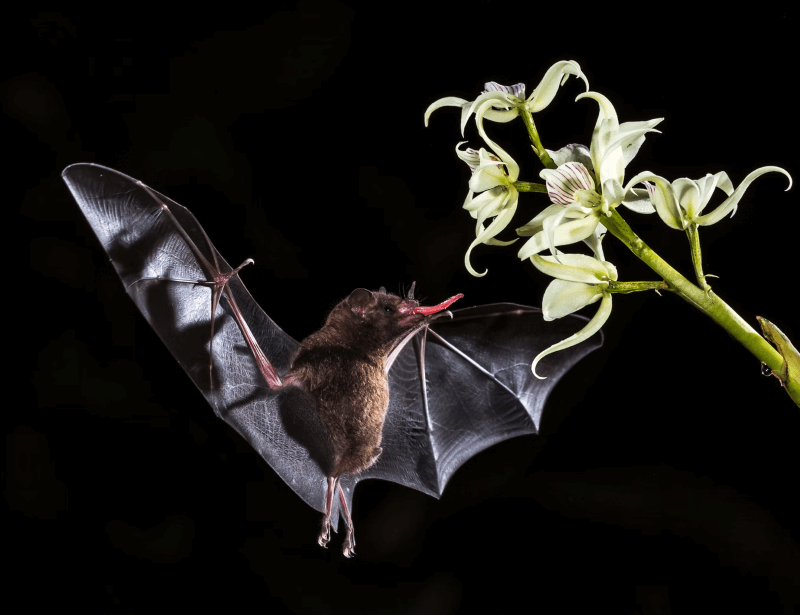5 Tips For Building A Pollinator Garden At Home

Managing a home garden takes so much time and work that it would be a shame for your harvest to turn out low. If your plants just aren’t producing enough year after year, it could be due to insufficient cross-pollination, a crucial step in the reproductive process that allows plants to bear fruit.
Thankfully, attracting pollinators is merely a matter of the right kind of natural advertising. When you incorporate pollinator plants and features into your home garden, you’ll be amazed to see the rest of your plants flourish as well. Follow these tips to turn your existing garden into a pollinator-friendly garden!
Plant Wildflowers
They’re a bright and beautiful addition to your garden, and pollinators think so too! Planting zinnia, milkweed, aster, indigo, and other wildflowers are an easy and low-maintenance way to draw in pollinating visitors. Plus, perennial varieties will keep showing up year after year. Just make sure to choose plant species native to your region.
Not only are native plants evolutionarily equipped better for survival in their land of origin, but they are also a perfect ecological match to the native pollinators they support.
Do your research to find out your region’s plant hardiness zone and native plant species. It’s also a smart idea to include a variety of plants that bloom across different seasons or times of day or night.
Set Up Bird Feeders
Birds are especially excellent pollinators because they can travel over greater distances than other creatures. Bird feeders full of nuts and seeds will attract a wide variety of these friends to your garden.
Similarly, hummingbird feeders that use nectar of sugar water will draw in all the sweet-toothed birds and butterflies. Be careful not to position your bird feeders directly over top of your garden, however, or else you’ll have a fair bit of weeding to do in the surrounding area.
Include Water Features
Water features will also bring birds to your garden. Not only this, but insects, butterflies, and bees will stop by for a good salt lick around any wet or muddy areas treated with salt. You can achieve this effect with a birdbath or by designating a small space close to your garden as a salt lick area.
Larval Host Plants
When you think of pollinators, most likely you think of fully grown birds, glamorous butterflies, and puffy bumblebees. While it’s essential to cater to these adult-sized creatures, it’s also wise to encourage the growth of their babies as well.
Larvae don’t always feed on the same kinds of plants as their parents do, so you should also incorporate larval host plants into your gardening plans.
Be aware that these plants’ purpose is to be eaten, so consider positioning them in a concealed location where leaf damage isn’t too visible. You can also support the babies of larger critters with features like bird homes and bat homes.
Avoid Pesticides
When choosing which native species to plant in your pollinator garden, make sure to acquire seeds and seedlings that have not been treated with pesticides or insecticides.
If you do have to use pesticides, spray them at night when the most common pollinators will not be awake and hard at work. While these chemicals may be effective in staving off unwanted pests, they are equally effective in keeping away our much-desired pollinator friends, too.
Final Thoughts
From bumblebees to butterflies, birds, bats, and even rodents, pollinators come in all shapes and sizes. Yet despite their differences, they all have one major thing in common: the essential job of spreading pollen between plants and, in doing so, facilitating plant reproduction.
If it weren’t for these critters, we wouldn’t have any fruits, nuts, or vegetables to eat, plus the outside world would be much less beautiful. Because a pollinator garden naturally attracts and supports these animals, it’s in your best interest to add as many of these features as possible to your gardening plans!
Read Also:





























